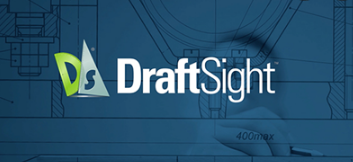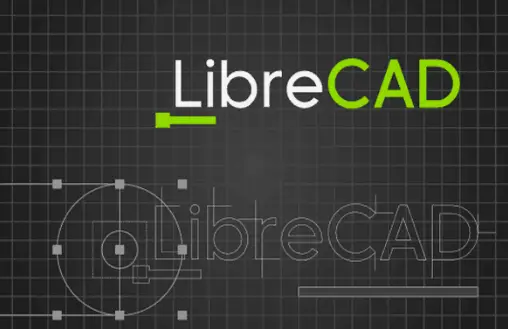What is xilinx used for?
Xilinx is a semiconductor company that produces programmable logic devices, including FPGAs, SoCs, and 3D ICs. Xilinx devices are used in a wide range of applications, including communications, networking, automotive, industrial, and consumer. Programmable logic devices are semiconductor devices that can be programmed to perform a variety of logic functions. FPGAs (field-programmable gate arrays) are the most common type of programmable logic device. They are used in a wide range of applications, including communications, networking, automotive, industrial, and consumer.
SoCs (systems-on-chips) are another type of programmable logic device. They are used in a wide range of applications, including communications, networking, automotive, industrial, and consumer. 3D ICs (integrated circuits) are another type of programmable logic device. They are used in a wide range of applications, including communications, networking, automotive, industrial, and consumer.
What is Xilinx known for?
Xilinx is known for its field-programmable gate arrays (FPGAs), which are integrated circuits (ICs) that can be programmed by the customer or designer after manufacturing – hence the term “field-programmable”. Xilinx’s FPGAs are used in a wide range of applications from consumer electronics and board-level products to aircraft control systems and medical imaging devices. In addition to FPGAs, Xilinx also offers a suite of software tools called Vivado Design Suite, which helps customers design, verify, and implement their FPGA designs. Vivado includes a powerful set of IP blocks that can be used to create custom designs, and Xilinx also offers a wide range of reference designs and application notes to help customers get started.
Is Xilinx a programming language?
No, Xilinx is not a programming language. It is a company that produces software and hardware for digital logic design, including FPGAs, CPLDs, and ASICs.
What is Xilinx Vivado used for?
Vivado is a software suite produced by Xilinx for synthesis and analysis of HDL designs, providing a comprehensive set of tools for FPGA and CPLD design. The suite includes a complete set of IP for system-on-chip (SoC) design and implementation. It is also used for the development of custom IP, and for the creation of embedded systems. Vivado supports all Xilinx FPGA and CPLD families. Vivado was introduced in April 2011, replacing Xilinx ISE as the primary software tool for FPGA and CPLD design. The Vivado IP catalog includes over 9000 IP cores, with support for over 250 different technologies. Vivado also includes a comprehensive set of tools for system-level design and verification, including a powerful simulator and debugger.
What are the advantages of Xilinx software?
There are many advantages of using Xilinx software. First, Xilinx software is very user-friendly and easy to use. Second, Xilinx software provides a wide range of features and functions that can be used to design and implement a variety of digital circuits. Third, Xilinx software is very reliable and efficient. Fourth, Xilinx software is very affordable.
Who uses Xilinx?
Xilinx is used by a variety of businesses and organizations, including aerospace and defense, automotive, broadcast, consumer electronics, data center, industrial, and scientific instruments. The company’s products are used in a variety of applications, including artificial intelligence (AI), 5G wireless, and autonomous vehicles.
How does Xilinx help AMD?
Xilinx helps AMD by providing them with a powerful and efficient FPGA platform. This platform enables AMD to design and implement high-performance computing systems. Additionally, Xilinx provides support and training to help AMD get the most out of their FPGA platform.
Is Xilinx software free?
No, Xilinx software is not free. However, they do offer a free version of their software called Vivado WebPACK. This version of the software is limited and only supports specific Xilinx devices. If you need to use Xilinx software for a commercial project, you will need to purchase a license.
Why do we use FPGA?
FPGA stands for Field Programmable Gate Array. FPGA is a semiconductor device that can be programmed to perform various logic functions. FPGA is used in a variety of applications such as video and image processing, automotive, aerospace, and military. FPGA has many advantages over other types of logic devices. FPGA is very flexible and can be reconfigured to perform different functions. FPGA is also very fast and can be used to create high-speed designs. FPGA is also very power efficient and can operate at lower voltages. There are a few disadvantages to using FPGA. FPGA is more expensive than other logic devices. FPGA also requires a higher level of expertise to design and program.
What FPGA means?
An FPGA is a field-programmable gate array. This means that the logic gates on the chip can be reconfigured to perform different functions. This makes FPGAs very versatile, as they can be used for a wide variety of applications. FPGAs are used in a variety of applications, including: -Video and image processing -Signal processing -Communications -Test and measurement -Automotive -Aerospace -Consumer electronics -Medical electronics -Industrial automation
What is VHDL programming?
VHDL programming is a hardware description language used to design and simulate electronic systems. VHDL is used to create models of electronic components, circuits, and systems. These models can be used to verify the behavior of the design, to test the design, and to generate documentation for the design.
What is FPGA design flow?
FPGA design flow is a process for designing and implementing digital logic circuits on an FPGA. The design flow typically starts with a high-level description of the circuit, which is then translated into a lower-level description using a hardware description language (HDL). The HDL description is then synthesized into a netlist, which is used to generate the final FPGA configuration bitstream.
What Vivado means?
Vivado is a software suite from Xilinx for the creation of digital circuits. It is used for the design, simulation, and implementation of digital circuits. Vivado includes a set of tools for the creation of digital circuits, including a text editor, a compiler, and a simulator. Vivado also includes a set of libraries for the creation of digital circuits.






